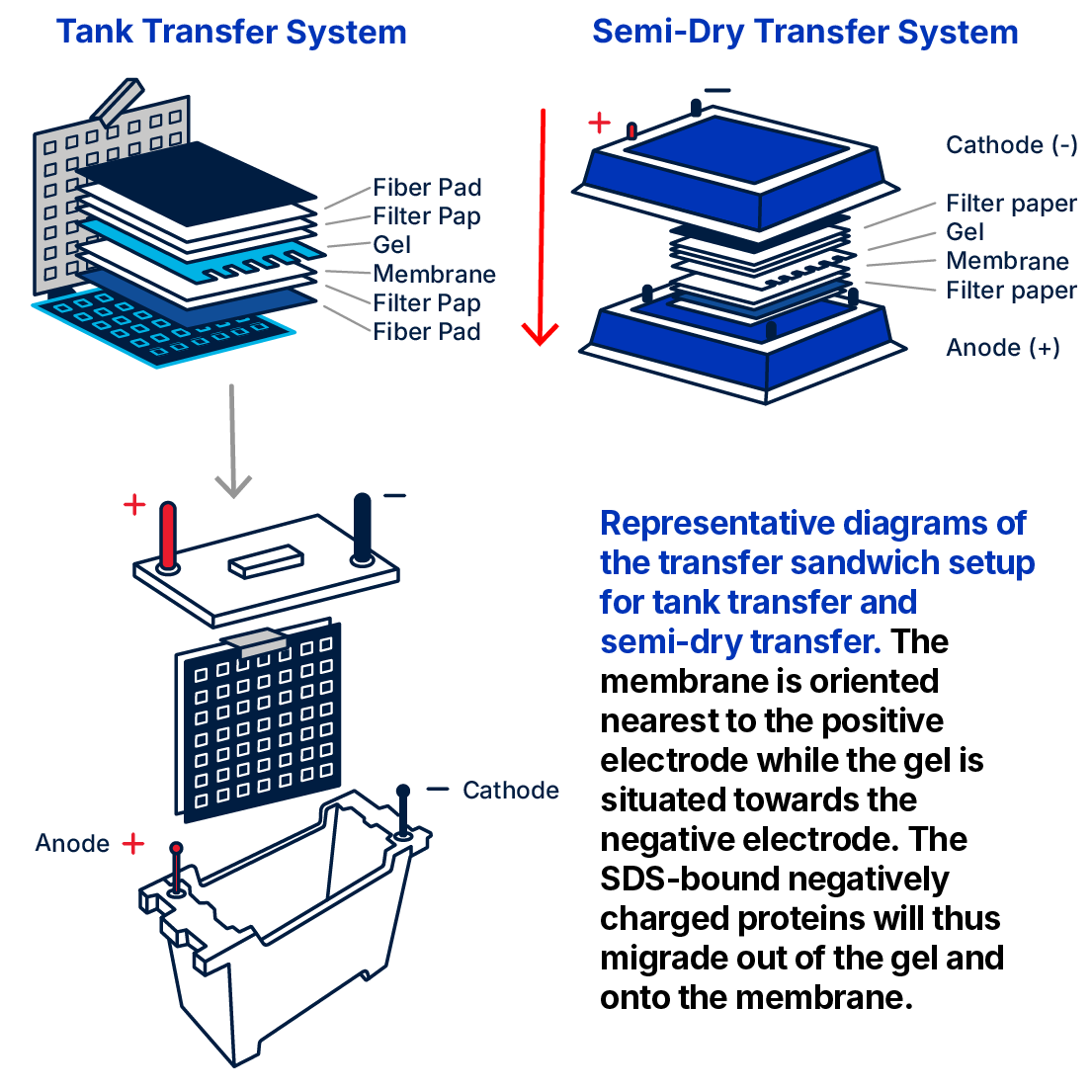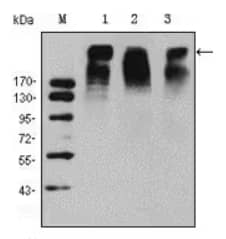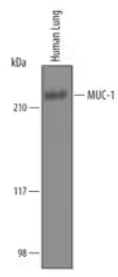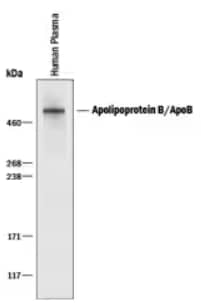By Jamshed Arslan, Pharm. D., PhD.
Western blotting involves three steps: 1) separating proteins by size through gel electrophoresis 2) transferring separated proteins to a solid support (typically, a PVDF membrane) and 3) using antibody to mark your protein(s) of interest in the mixture of proteins. The second step of moving negatively charged proteins from the gel to a blotting membrane (PVDF) can be performed in dry or wet conditions.
Dry/semi-dry transfers
Dry conditions are famous for easiness and speed. Reagents, power packs and wiring involved in dry transfers are less messy and therefore, potentially less hazardous. They allow blotting of several gels simultaneously. Choose dry conditions when you want rapid results using less amount of buffer. The risk of over-transfer (proteins move beyond PVDF) of low molecular weight proteins in dry conditions can be corrected by optimizing protocol such as adjusting transfer voltage.

Wet (tank) transfers
If your desired protein is large (for example >200 kDa) and requires more time in transferring, wet conditions are for you. The substantially longer time of transfer in wet conditions make it particularly suitable when you want better level of transfer. Better quality of transfer in wet conditions not only means that gels are 'clean' after transfer, it also means that proteins are well absorbed by PVDF and exposed for maximum detection. You may also choose wet conditions if your gel/membrane dries out.
Large molecular weight proteins that would benefit from wet-transfer conditions to achieve more consistent results:
Ki-67, ~358 kDa
Ki67, also known as MKI67, it is the prototypic cell cycle related nuclear protein, expressed by proliferating cells in all phases of the active cell cycle (G1, S, G2 and M phase).
Ki-67/MKI67 Antibody (8D5) [NBP2-22112] - Analysis using Ki67 mouse mAb against Hela (1), MCF-7 (2) and Raji (3) cell lysate.

MUC-1, ~150-450 kDa
MUC-1 (Mucin-1; also episialin, MAM-6, PEM and PUM) is a 150-450 kDa type I transmembrane glycoprotein that belongs to the Mucin family of molecules. It forms a protective barrier against microbes on the apical surface of most glandular epithelium, and becomes prominently displayed on tumor cells. Mature human MUC-1 is 1232 amino acids (aa) in length.
Western blot shows lysates of human lung tissue. PVDF Membrane was probed with 1 µg/mL of Sheep Anti-Human MUC-1 Antigen Affinity-purified Polyclonal Antibody (Catalog # AF6298) followed by HRP-conjugated Anti-Sheep IgG Secondary Antibody (Catalog # HAF016). A specific band was detected for MUC-1 at approximately 230 kDa (as indicated). This experiment was conducted under reducing conditions and using Immunoblot Buffer Group 1.

ApoB100, ~500 kDa
ApoB100 is a major serum Apolipoprotein synthesized by the liver. It is an important constituent of LDL, VLDL and IDL particles. It interacts with the LDL receptor and is involved in the delivery of cholesterol to tissues.
Western blot shows human plasma. PVDF membrane was probed with 1 µg/mL of Goat Anti-Human Apolipoprotein B100/ApoB100 Antigen Affinity-purified Polyclonal Antibody (Catalog # AF3260) followed by HRP-conjugated Anti-Goat IgG Secondary Antibody (Catalog # HAF017). A specific band was detected for Apolipoprotein B100/ApoB100 at approximately 500 kDa (as indicated). This experiment was conducted under reducing conditions and using Immunoblot Buffer Group 1.

Remember, the choice between wet and dry/semi-dry transfer often boils down to availability of equipment in your lab and cost-effectiveness. Choose wisely!

Jamshed Arslan, Pharm D., PhD.
University of Alabama at Birmingham, School of Medicine
Dr. Arslan studies cell signaling in mitochondrial defects in
C. elegans and transgenic mice.
-
MacPhee, Daniel J. (2010) Methodological Considerations for Improving Western Blot Analysis. Journal of Pharmacological and Toxicological Methods 61:171-177.
-
Mahmood, Tahrin and Ping-Chang Yang (2012) Western Blot: Technique, Theory, and Trouble Shooting North American Journal of Medical Sciences 2012:429-434.
-
Wiedemann, Martin et al. (2013) Simultaneous Semi-Dry Electrophoretic Transfer of a Wide Range of Differently Sized Proteins for Immunoblotting Protocol Exchange